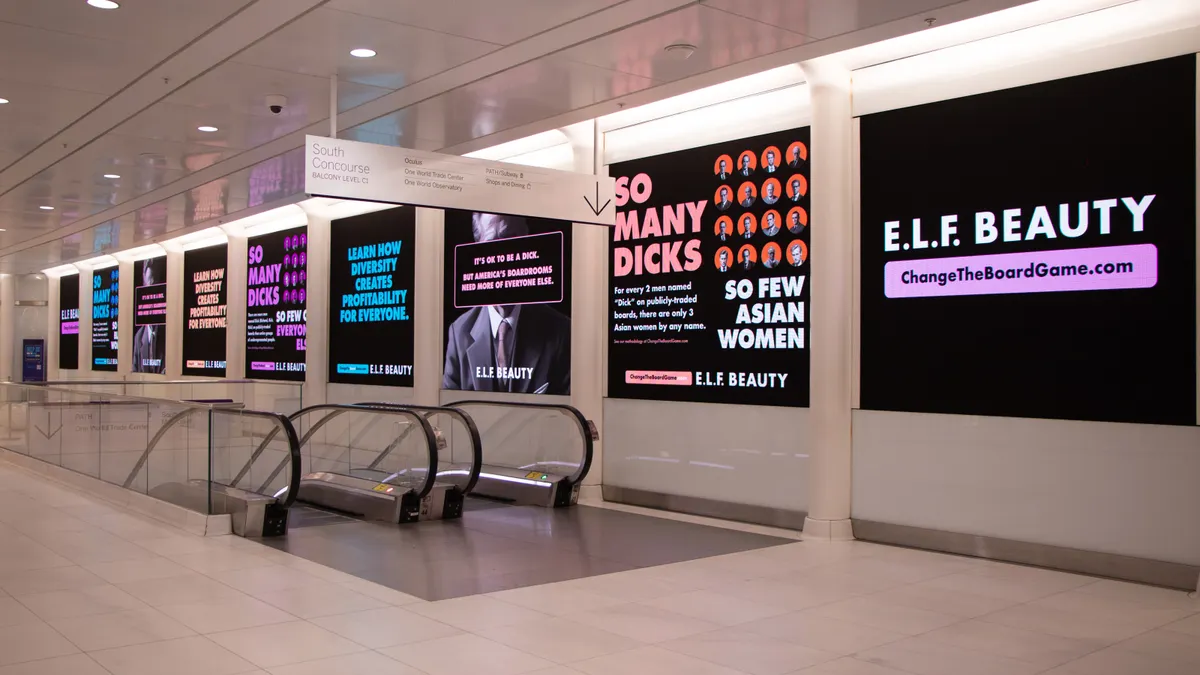Dive Brief:
- Global spending on augmented reality and virtual reality products and services is expected to hit $27 billion this year, with retail applications among the top drivers, according to recent market research from the International Data Corporation (IDC), summarized in a ZDNet report.
- That 2018 spending forecast represents a 92% increase over 2017 spending on AR and VR products and services, a market which worldwide is anticipated to experience a five-year compound annual growth rate (CAGR) of 72% between 2017 and 2022, according to IDC's most recent update to its Worldwide Semiannual Augmented and Virtual Reality Spending Guide.
- The IDC report comes around the same time as a recent Colliers International report highlighting opportunities in the retail sector of the commercial real estate market for development of mixed reality and extended virtual reality technologies.
Dive Insight:
The IDC report is a general overview of the AR and VR gear and services market, not focused on a particular industry, but everything from consumer spending on these technologies to spending by specific sectors, such as retail, discrete manufacturing, and transportation industries.
The retail sector spending figure is not broken out in IDC's summary of its report, but ZDNet's coverage noted that among industrial use cases, "retail showcasing" is the one with the largest projected growth rate.
For as long as AR and VR have been talked about in retail, not all that much progress has been made. Only in the last nine months or so have several retailers begun to launch mobile AR-enhanced apps designed to improve customer experiences and drive sales. VR has been deployed to an even lesser degree, though there have been some notable employee training applications of the technology by retailers such as Walmart and Lowe's.
Ultimately, there is still a lot of uncertainty regarding how the AR and VR evolutions in retail will play out. A recent ABI Research report suggested, for example, that AR could be used by retailers more for internal store operations use cases than as part of the sales process.
The Colliers report hints at a much broader change for retail, one in which extended reality and mixed reality —concepts that involve the merging of the real, augmented and virtual into immersive environments — usher in an era in which "three-dimensional overlays" can be used to alter the notion of what constitutes a store visit, perhaps even allowing shoppers to shop from anywhere and enjoy a shopping experience even more enhanced by personal data and preferences than it is now. That vision still needs a while to play out, but increased spending is one of the first steps.












